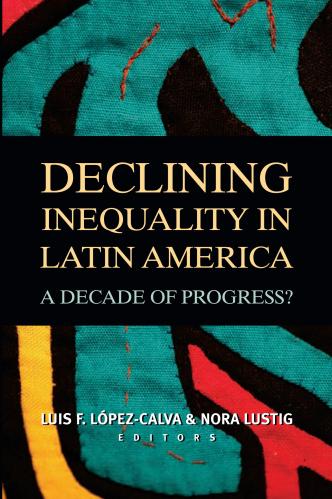Studies in this week’s Hutchins Roundup find that EITC has no direct impact on the labor supply of women, negative policy rate shifts the yield curve downwards and more.
Want to receive the Hutchins Roundup as an email? Sign up here to get it in your inbox every Thursday.
EITC has no direct impact on the labor supply of women
Henrik Kleven of Princeton University challenges previous research that suggests that the EITC increases labor supply. Examining every reform to the Earned Income Tax Credit at the state and federal level going back to 1975, Kleven finds that only the 1993 EITC expansion was associated with clear employment increases. He argues that these employment increases were likely caused by the booming of the economy and welfare reform, rather than the EITC expansion. He notes, for example, that single mothers who were unaffected by welfare reform, but eligible for the EITC, did not increase their employment. The author hypothesizes that difficulties in understanding the EITC have reduced its potential to influence labor supply.
Negative policy rate shifts the yield curve downwards
Central banks in Denmark, the Euro area, Japan, Sweden and Switzerland have been introducing policy interest rates below zero since 2017. Jens Christensen of the Federal Bank of San Francisco finds that announcements of negative policy rates lead to an immediate and persistent decline in yields on government bonds across the maturity spectrum. Furthermore, rates have trended lower since the adoption of negative policy rates, with short- and medium-term yields below zero since 2015, suggesting that the ultimate effective lower bound for short-term nominal interest rates is significantly below zero. Negative rates appear to ease financial conditions in much the same way that lowering the policy rate works away from the zero-lower bound he says. “Central banks that have yet to introduce negative rates may take some comfort from this evidence,” the author writes, “as there appears to be room below zero for additional economic stimulus.”
Children of immigrants have more upward mobility than children of the US-born
Using data on millions of father-son links from 1880, 1910, and 1980, Ran Ambramitzky of Stanford University and coauthors find that children of immigrants are more likely to climb from the bottom of the income distribution from one generation to the next than children of natives. This finding was not driven by immigrants of any particular country of origin. Children of immigrants growing up at the 25th income percentile end up 5-8 percentiles higher in the income distribution than children of the US-born. Looking at the top of the income distribution, the authors find that second-generation immigrant children in the 1880 and 1910 cohorts outranked children of US-born by 2–5 percentile points, but the gap was less than 2 percentile points in the 1980 cohort. Examining the causes of this increased upward mobility, the authors point to the fact that immigrant parents are more likely to settle in places with higher mobility prospects. They find, for example, that for children growing up in the same county, there is no difference in intergenerational mobility between the children of immigrants and the US-born.
 Source: Financial Times
Source: Financial Times
“[T]here are some who are calling for monetary policymakers to take specific action to combat climate change. However, I am very critical when people say that monetary policymakers need to “go green” by launching “green QE”, say, or granting specific privileges to green assets within the collateral framework. How hard should government, business and society push back against climate change? What measures need to be taken, and what behavior should be encouraged or punished? These are political questions for elected governments and parliaments to answer. They are decisions which are not for central banks to take, because they lack the requisite democratic legitimacy. Our mandate is to preserve price stability, and policy implementation needs to be in line with principle of market neutrality. Skewing asset purchases to green bonds, say, would run counter to this principle […] And a trade-off could arise once monetary policy considerations call for applying the brakes and scaling back the bond purchases,” says Jens Weidmann, President of the Deutsche Bundesbank
“In this situation, I dare say there would be calls to press ahead with the green asset purchase program. After all, it is not immediately apparent why efforts to combat climate change should only be made when price pressures are weak. However, asset purchases need to be reserved for exceptional situations under the Eurosystem’s monetary policy framework and under no circumstances be deployed indefinitely. […] And in the long run, the central bank’s independence might be called into question. What matters to me is that we do not generally promote sustainability using instruments which serve other purposes. I think a decisive and effective climate policy is the right course of action – but it needs to be implemented using the right instruments and by agents which have the democratic legitimacy needed for that purpose.”
The Brookings Institution is committed to quality, independence, and impact.
We are supported by a diverse array of funders. In line with our values and policies, each Brookings publication represents the sole views of its author(s).











Commentary
Hutchins Roundup: EITC, negative rates, and more
October 31, 2019